Deadheading Shasta daisies – to keep these cheerful flowers blooming for longer
Wondering how to keep low maintenance Shasta daisies healthy and flowering all season long? We have the answer: deadheading. Here's how, and when to
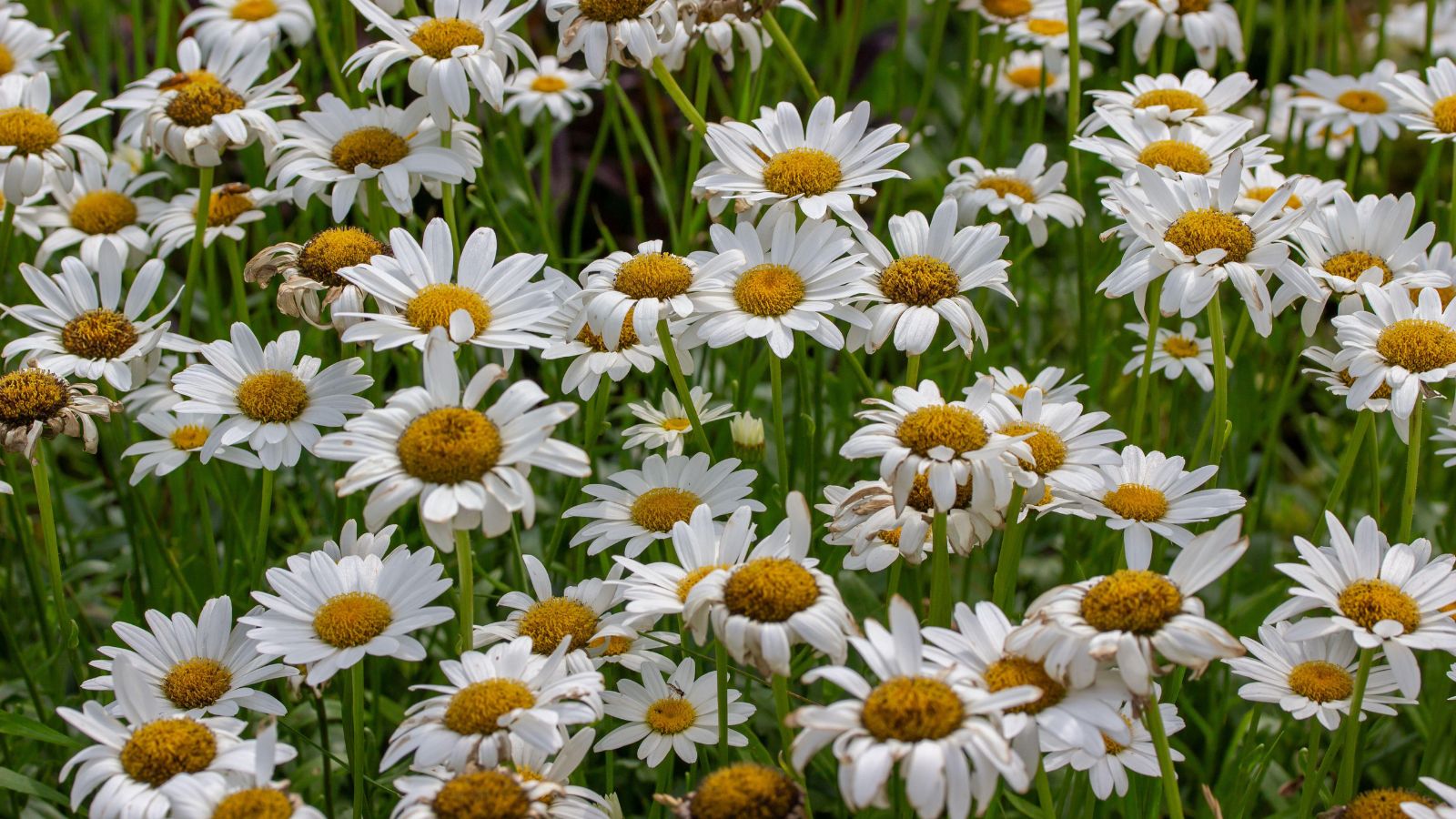

Shasta daises have beautiful blooms, with full, double quilled white petals and yellow centers, that return every spring and summer, flowering until early fall.
These drought-tolerant plants are relatively low maintenance, resistant to rabbits and deer, and with few insect and disease problems, however, they also love to spread, so deadheading Shasta daisies isn't just to promote a longer blooming season, but also to stop them seeding.
Our experts advise the best practices for deadheading Shasta daises.
- You can find Shasta Daisy Seeds at Amazon
Deadheading Shasta daisies: when and how
Shasta daisies are the perfect low maintenance garden border idea or front yard flower bed addition for any garden. Deadheading your Shasta daisies regularly will improve not only how long they will continue to bloom for, but also the overall health and looks of the plant.
Should you deadhead Shasta daisies?
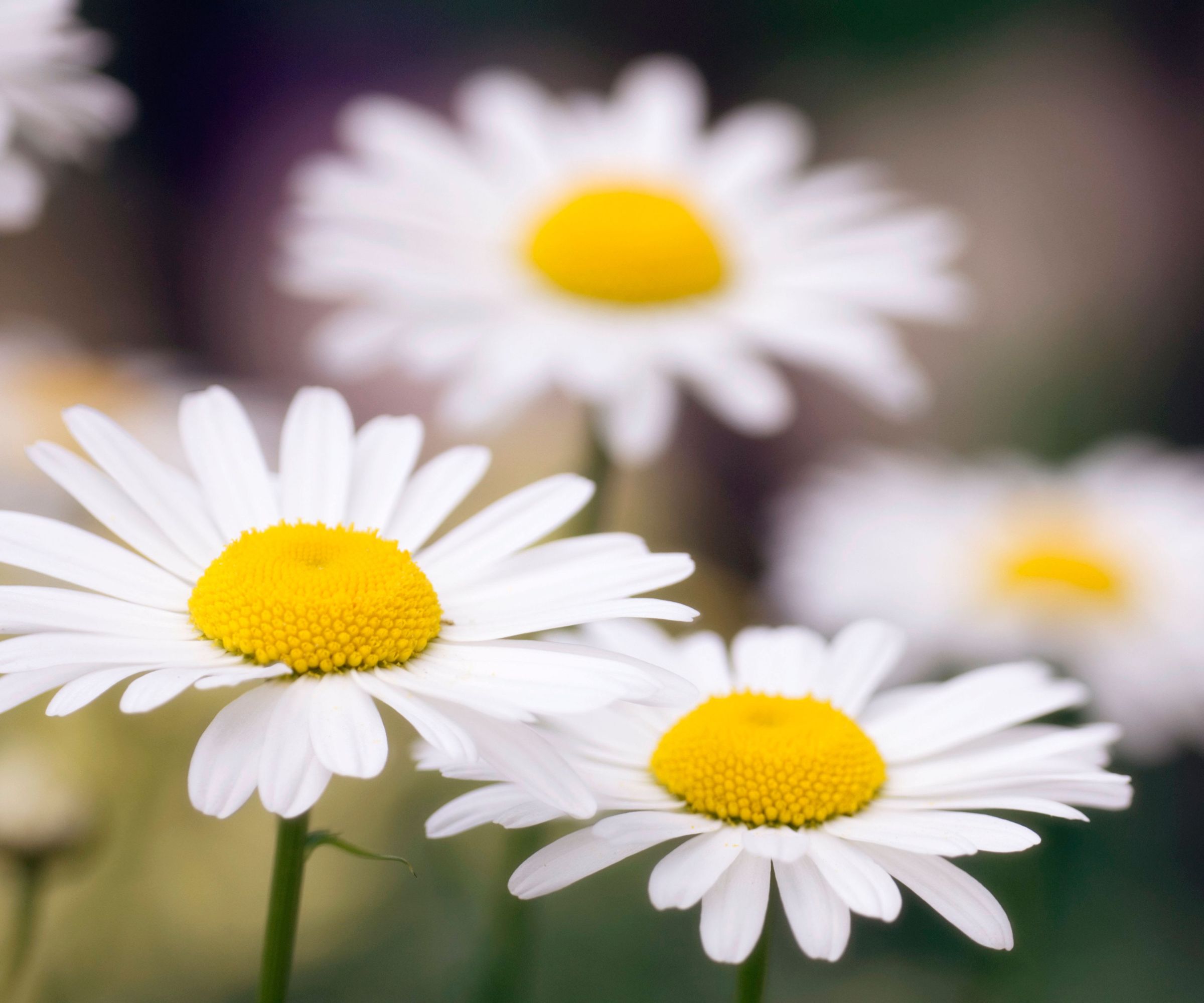
While your Shasta daisies won't die without deadheading, it is the best way to keep them blooming from summer to fall, improving their appearance and health.
Another benefit of deadheading Shasta daisies is that it will inhibit seed production. 'If left unchecked, shasta daisies have a tendency to self-seed, leading to a dense and overcrowded garden. Deadheading prevents self-seeding, allowing you to have better control over the plant's growth and distribution', advises Zahid Adnan, gardening expert and the founder of The Plant Bible
'As well as giving you a longer season of blooms, deadheading Shasta daisies will also neaten up the plant and keep it looking tidy,' adds Drew Swainston, gardening expert at Homes & Gardens. This will also mean the plant will rebloom healthily the next year.

Zahid Adnan is the Founder and Editor of The Plant Bible , as well as managing a plot of 10-hectare agricultural land. He is also involved in a project to develop sustainable urban farming practices by utilizing farming technologies to increase food production and reduce environmental impacts.
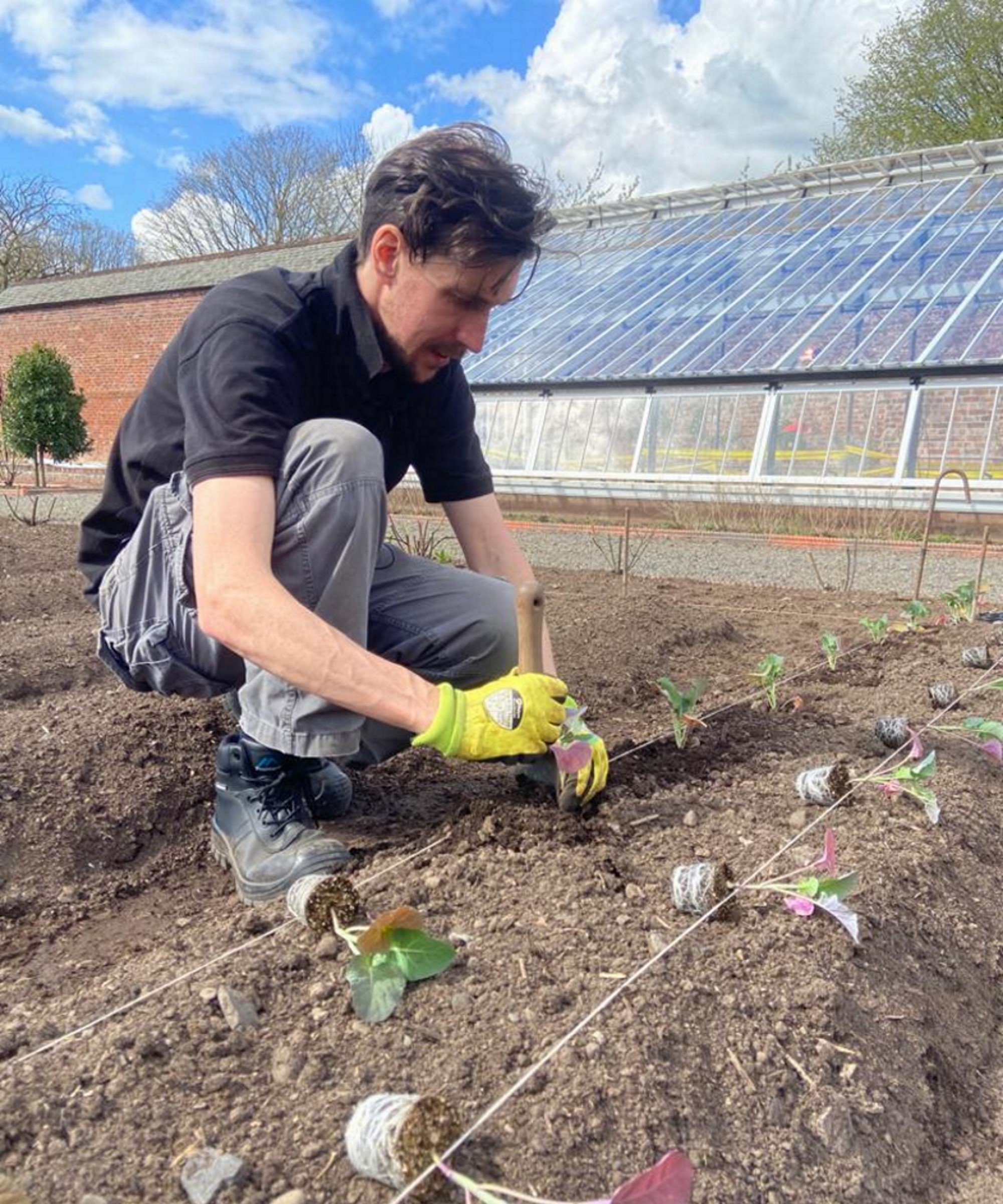
Drew qualified as a journalist and wrote for many websites and publications, before studying for a horticulture qualification. He worked as a professional gardener for several years, specializing in kitchen gardening. He's now bringing his expertise and passion to Homes & Gardens as a member of our team.
When to deadhead Shasta daisies
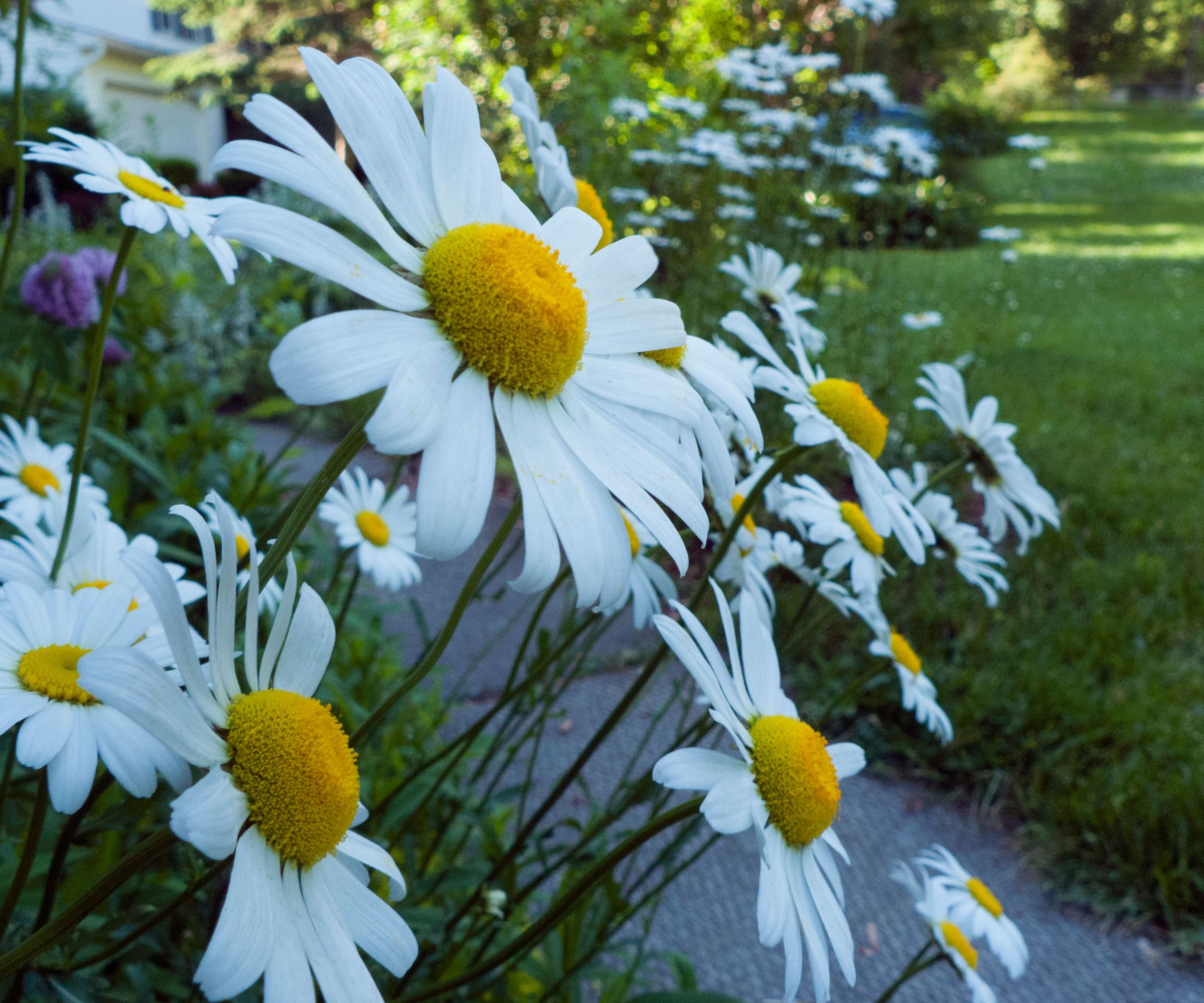
Since the flowering season for Shasta daisies is usually between summer and fall, this is when you should be on the look out for spent blooms that need to go.
Shasta daisies grow in clumps, so it should be relatively easy to identify which flower heads are ready to be deadheaded, such as those that are turning brown or even have seed heads forming. These will be dragging the rest of the plant down, not only in looks but in consumption of energy and nutrients.
Zahid Adnan advises, 'As the gardening season comes to an end, you can perform a more extensive deadheading to prepare the plant for winter. This involves cutting back the stems to ground level once the flowering has ceased.'
How to deadhead Shasta daisies
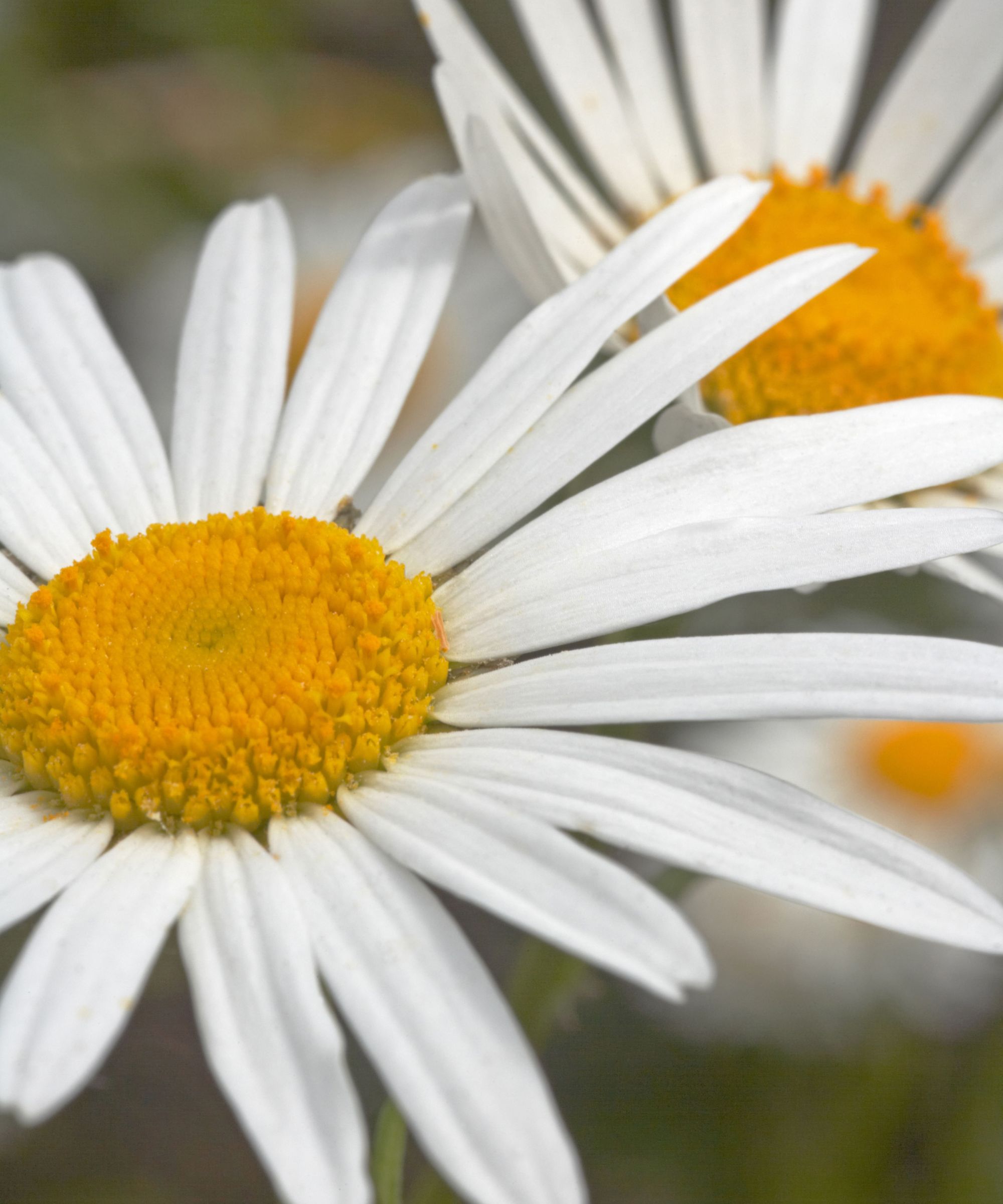
Drew Swainston suggests, 'Select a spent flowerhead to remove and follow it down the stem to make a clean cut above a new bud, or a leaf joint. Make sure to use clean and sharp tools to deadhead (I recommend this Fiskars Bypass Pruner Garden Tool from Walmart); never rip or pull the flowers as you can damage the plant, and take care when deadheading not to damage any unopened flower heads.'
If all the blooms in a clump are spent, you can cut to the base of the whole plant.
Zahid Adnan says, 'At the end of the season, a more drastic approach is needed. Using sharp pruning shears, cut back the stems of the daisies to ground level. This ensures the plant goes dormant during the winter and comes back stronger in the following spring.'
FAQs
How long should Shasta daisies take to grow new blooms after deadheading?
Daisies are known to be fast-growing flowers, so flowerheads shouldn't take more than 20 days to grow back after deadheading.
Shasta daisies grow to around 2 to 4ft tall, and will make an impact on your garden all season long, and are great plants for pollinators. Their English garden style is a great addition to informal spaces, and beyond deadheading they require little maintenance to bloom in large clusters.
Sign up to the Homes & Gardens newsletter
Design expertise in your inbox – from inspiring decorating ideas and beautiful celebrity homes to practical gardening advice and shopping round-ups.

Lola Houlton is a news writer for Homes & Gardens. She has been writing content for Future PLC for the past six years, in particular Homes & Gardens, Real Homes and GardeningEtc. She writes on a broad range of subjects, including practical household advice, recipe articles, and product reviews, working closely with experts in their fields to cover everything from heating to home organization through to house plants. Lola is a graduate, who completed her degree in Psychology at the University of Sussex. She has also spent some time working at the BBC.
-
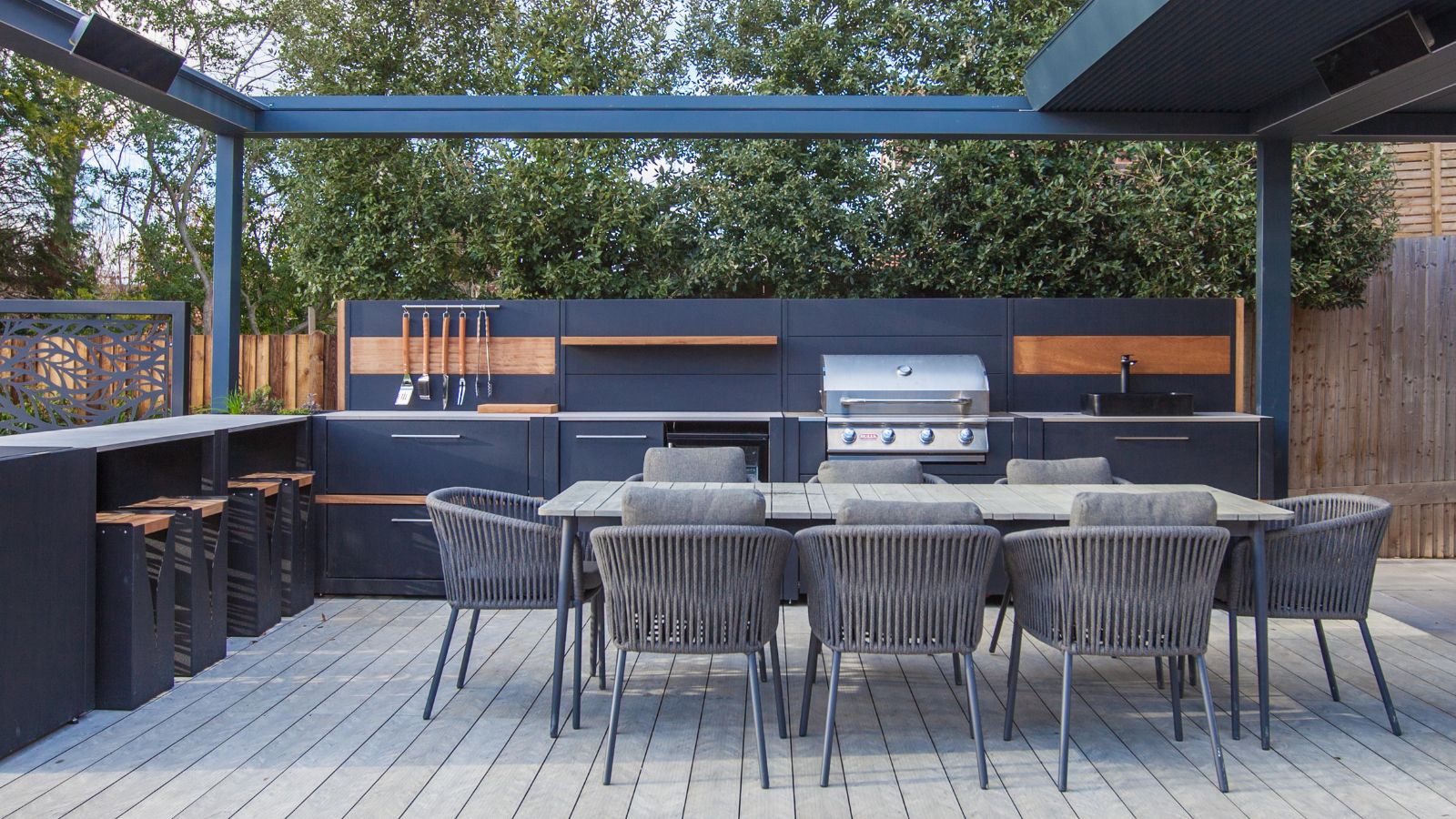 How can you make an outdoor kitchen feel more luxurious? Designer tips on making this hardworking space extra opulent
How can you make an outdoor kitchen feel more luxurious? Designer tips on making this hardworking space extra opulentDiscover the strategies the experts use to give an outdoor kitchen luxury style
By Sarah Warwick
-
 Kyle Richards' unconventional styling encourages you to use shelves for more than books – it's a fresh twist on 'bookshelf wealth' for 2025
Kyle Richards' unconventional styling encourages you to use shelves for more than books – it's a fresh twist on 'bookshelf wealth' for 2025The Real Housewife of Beverly Hills intentionally decorated her shelf with ceramics and accessories that have enough room to breathe, and designers love her look
By Hannah Ziegler